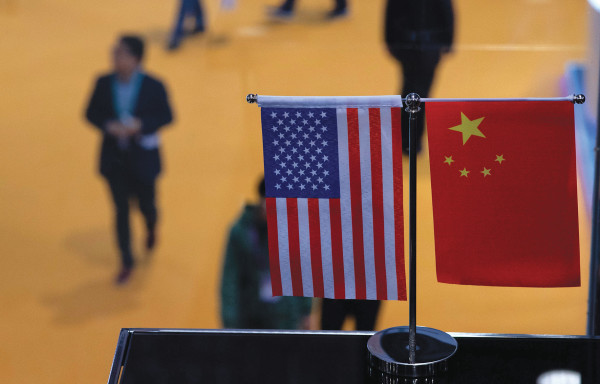Europe, meanwhile, has also seen a reversal of fortunes for its export-focused economic powerhouses of old. A slowdown in Germany has been in train for several months, though domestic sectors have hitherto remained relatively well insulated. But with no end to the trade tensions in sight, eurozone policymakers are now starting to wonder how long this divergence in economic performance can last.
These concurrent challenges have contributed to a global economic slowdown and even raised the spectre of a global recession. Those concerns produced the fourth-quarter market slump that left clients’ 2018 portfolio statements looking distinctly underwhelming. Risk assets’ renewed fall in May can also be laid at the door of the president’s latest tariffs. For advisers, trade tension – once something they could happily ignore – is becoming the defining external force on their portfolios.
There are those who would contest this view, who say the elongated nature of the trade disputes makes it relatively easy for investors to account for them and move on. Esty Dwek, head of global market strategy at Natixis Investment Management, says the latest events have been “mostly priced-in”. Still, she adds that “further escalation, and consequently further corrections, are likely”.
Monetary policy
Even if this acceleration does not happen, there is one consequence of the existing tensions that has yet to truly hit home for investors. Faced with the prospect of a renewed global slowdown, attention has turned back to central banks. Policymakers who had embarked on a tightening cycle, or at least prepared the ground for one, are now having to change course.
This is most apparent in the US, where the Federal Reserve hiked rates three times in 2017 and four times last year in a bid to normalise post-crisis policy. The current federal funds rate of 2 to 2.25 per cent is still low by historic standards, but the central bank is now hurrying into reverse.
Some markets have already fully priced-in this shift: as of late May, futures markets predicted an 80 per cent chance that the Fed would cut rates three times this year. That looks overly optimistic, but the prospect of easier monetary policy should nonetheless help support equities – and ensure bond yields stay low – in the coming months.
In Asia, the impact has spread far and wide. While the likes of Vietnam are seemingly taking advantage of China’s newfound constraints by increasing their share of global exports, the slowdown is affecting other economies more harshly. India cut interest rates for the third time this year at the start of June after economic growth fell to its lowest level in half a decade. Its central bank signalled more action could follow.











